Montenegro, with its stunning landscapes, rich history, and warm hospitality, is a destination that has left an indelible mark on my travel journey. I am excited to share a wealth of travel tips and insights to make your Montenegrin adventure truly exceptional. From the must-visit attractions to the culinary delights, packing essentials, accommodation options, budgeting, insurance, and photography tips, I’ve got you covered.
Exploring Montenegro’s Must-Visit Attractions
My journey through Montenegro was a tapestry of breathtaking landscapes, rich history, and unforgettable experiences. The country’s attractions are diverse and offer something for every traveler. Here are the must-visit places that left me in awe:
1. Bay of Kotor (Boka Bay)
The journey through Montenegro commences with the breathtaking Bay of Kotor, a UNESCO World Heritage site. Enclosed by towering mountains, this fjord-like bay is home to charming towns and captivating history. Here’s what you can’t afford to miss:
- Kotor: The old town of Kotor is a labyrinth of narrow streets, squares, and historical landmarks. Climbing the fortified walls of Kotor is a must, and it’s a rewarding experience with panoramic views that are nothing short of spectacular.
- Perast: This small town is a gem on the bay, and its main attraction is the two islets just off its shores—Our Lady of the Rocks and St. George. A boat trip to these islets offers a glimpse into the local legends and a chance to appreciate the bay’s beauty.
- Herceg Novi: Known for its abundance of greenery and numerous staircases, Herceg Novi is a town with a unique charm. Don’t miss the Old Town and the Kanli Kula fortress for panoramic views of the bay.
2. Durmitor National Park
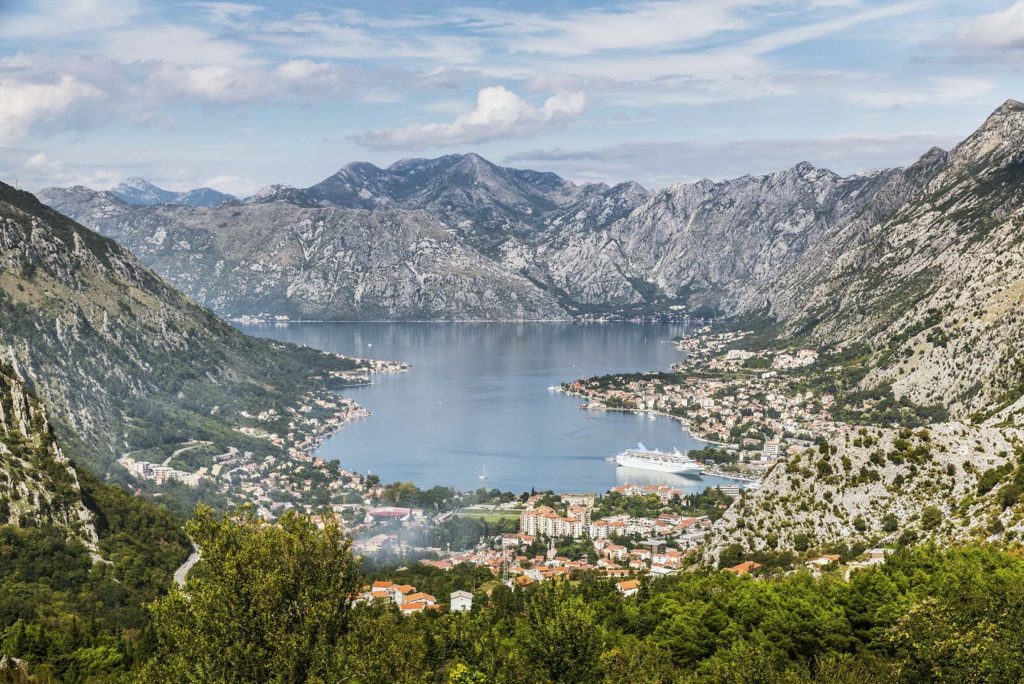
For nature enthusiasts and outdoor lovers, Durmitor National Park is a paradise. Its rugged peaks, serene lakes, and lush forests create an idyllic setting for hiking, water-based activities, and more. My recommendations:
- Black Lake (Crno Jezero): This pristine glacial lake is surrounded by dense pine forests and makes for a serene, picturesque setting. A walk around its shores is the perfect way to immerse yourself in the park’s beauty.
- Tara River Canyon: For an adrenaline rush, embark on a rafting adventure in the Tara River Canyon. It’s one of the deepest canyons in Europe, and the turquoise waters and dramatic scenery are awe-inspiring.
3. Lovćen National Park
If you’re seeking a cultural experience intertwined with natural beauty, Lovćen National Park is a top choice. The highlight is the Mausoleum of Njegoš, perched atop Mount Lovćen. My experience:
- Njegoš’s Mausoleum: The ascent to the mausoleum involves climbing 461 steps, but the effort is well worth it. The panoramic views from the top provide a sweeping vista of Montenegro’s dramatic landscape.
4. Sveti Stefan
Sveti Stefan, the iconic islet-turned-luxury resort along the Budva Riviera, is a sight to behold. While the resort itself is exclusive to guests, you can still admire its beauty from the mainland beach and explore the nearby town of Budva. My tip: take a leisurely walk along the beach and capture the beauty of this unique place.
5. Lake Skadar
As the largest lake in the Balkans, Lake Skadar is a bird-watcher’s paradise. I embarked on a boat tour to explore the diverse flora and fauna of this stunning national park. The lake’s vastness and tranquility offer a sense of serenity that’s hard to find elsewhere.
Culinary Delights and Dining Experiences
Montenegrin cuisine is a delightful journey of flavors influenced by the country’s rich history and coastal location. My taste buds were treated to a variety of delicious dishes. Here are some culinary highlights:
1. Montenegrin Cuisine
Exploring Montenegrin cuisine is a must on your journey. I couldn’t get enough of the following dishes:
- Cevapi: These grilled minced meat sausages, often served with flatbread and onions, are a flavorful delight. The combination of seasoned meat and the soft, warm bread is an explosion of taste.
- Njeguski Prsut: Montenegro’s answer to prosciutto, Njeguski Prsut is a smoked ham with a rich, distinctive flavor. It’s often served with cheese and olives, making it a perfect appetizer.
- Buzara: As a seafood lover, I couldn’t resist trying Buzara, a delectable seafood stew that’s rich in flavor and packed with fresh seafood. The combination of mussels, shrimp, and local herbs creates a unique taste that’s a highlight of Montenegrin cuisine.
2. Beachfront Dining
Along the Montenegrin coast, you’ll find charming seaside restaurants that serve fresh seafood. Dining with the Adriatic as your backdrop is an experience to savor. My personal favorites:
- Pljeskavica: This large, grilled meat patty, often served in a flatbread with condiments, is a Montenegrin fast-food classic. The combination of seasoned ground meat and fresh bread is irresistible.
- Palačinke: Montenegrin pancakes, known as palačinke, come in both sweet and savory variations. They are a delicious treat that’s perfect for satisfying your cravings.
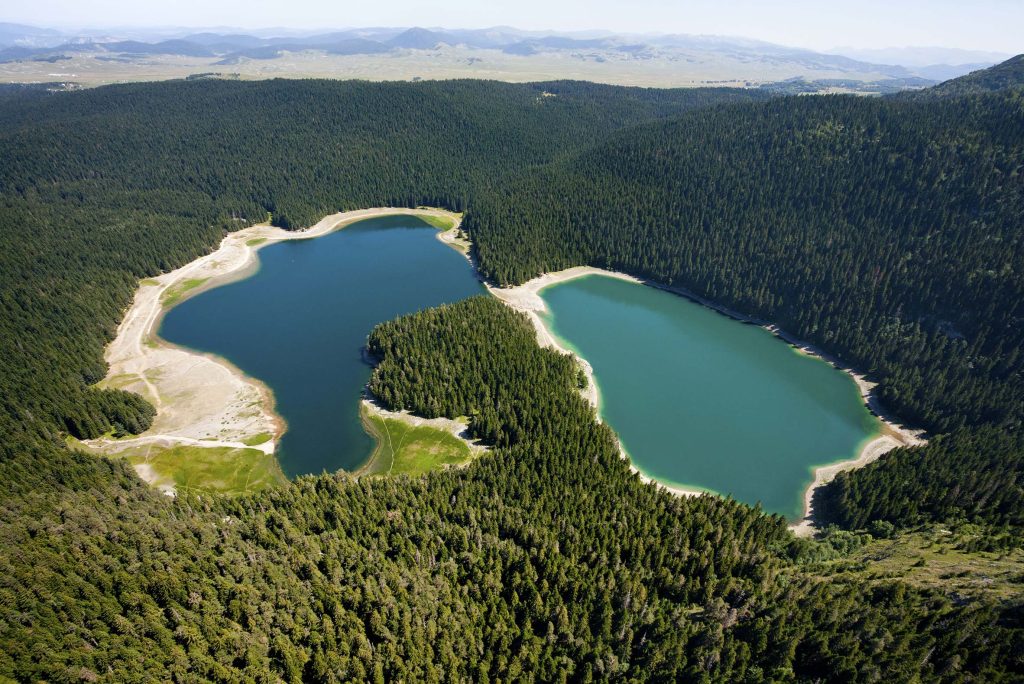
4. Local Wine and Rakija
Montenegro has a budding wine scene, and I couldn’t resist trying some of the local vintages. Crmnica, a wine-producing region near Lake Skadar, is known for its quality wines. Don’t forget to taste rakija, a potent fruit brandy that’s often sipped as a digestif.
Packing Essentials for Your Montenegrin Adventure
Packing for a Montenegrin adventure is all about being prepared for various landscapes and activities. Here’s a list of essentials to consider:
1. Comfortable Footwear: Whether you’re exploring old towns, hiking in national parks, or strolling along the coast, comfortable footwear is a must. I recommend sturdy walking shoes for more rugged terrains and comfortable sandals for beach days.
2. Sun Protection: Montenegro enjoys a Mediterranean climate, so sun protection is essential. Don’t forget sunscreen, sunglasses, and a wide-brimmed hat to shield yourself from the sun.
3. Swimwear: With beautiful beaches and pristine lakes, swimwear is a necessity. Be sure to pack your swimsuits, beach towels, and water shoes for any water activities.
4. Layers: The weather can vary, especially in the mountainous regions. Packing lightweight layers allows you to adapt to changing temperatures. A light jacket or sweater is useful, even in the summer.
5. Reusable Water Bottle: Staying hydrated is important, especially when you’re out exploring. Consider packing a reusable water bottle to reduce waste and keep yourself refreshed.
6. Travel Adapters: Montenegro uses European-style power plugs (Type C and F), so make sure to bring the right travel adapters to charge your devices.
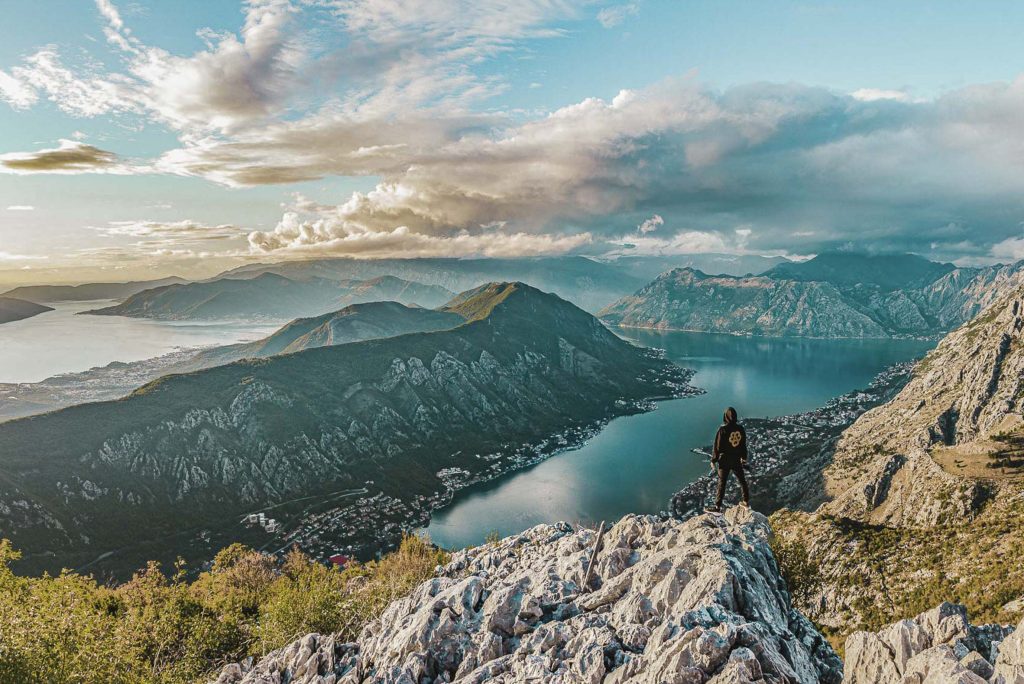
7. Insect Repellent: In certain outdoor areas, particularly during the summer, insect repellent can be a lifesaver. It’s a good idea to pack some to avoid any unwanted encounters with insects.
Choosing Your Accommodation in Montenegro
Montenegro offers a range of accommodation options to suit different preferences and budgets. Here’s a breakdown of what you can expect:
1. Hotels: From luxurious beachfront resorts to boutique hotels in historic towns, Montenegro boasts a variety of hotel choices. Prices can vary, so it’s essential to do some research to find accommodations that align with your budget and preferences.
2. Guesthouses and Apartments: For a more personalized experience, guesthouses and apartments are excellent choices. They allow you to connect with locals and often come with the added convenience of kitchen facilities.
3. Campsites: If you’re an outdoor enthusiast, camping in Montenegro’s national parks can be a unique and cost-effective option. It offers an opportunity to immerse yourself in the country’s natural beauty.
4. Hostels: Montenegro has a growing hostel scene, especially in popular tourist destinations. Hostels are ideal for budget travelers and solo adventurers looking to meet like-minded individuals.
5. Villas: If you’re traveling with a group or desire more space and privacy, renting a villa can be a fantastic option. Montenegro offers an array of villas with various amenities and stunning views.
6. Eco-Friendly Accommodation: Montenegro is known for its pristine natural environment, and eco-friendly accommodations are available for those who wish to minimize their environmental impact.
Budgeting for Your Montenegrin Adventure
Montenegro is considered one of the more budget-friendly destinations in Europe, but it’s still essential to plan your expenses. Here’s a breakdown of potential costs:
1. Accommodation: Prices vary depending on the type of accommodation. You can find hostels and guesthouses for around €20-€40 per night, while hotels can range from €60 to €150 or more.
2. Food and Dining: Dining out in Montenegro is relatively affordable, with traditional dishes costing around €5-€15 in local restaurants. Fine dining establishments may have higher prices. Street food and fast food are budget-friendly options.
3. Transportation: Public transportation is cost-effective, with bus tickets costing around €1-€3 for shorter trips. Taxi fares are reasonable. Renting a car is also an option, with prices varying based on the vehicle type and rental duration.
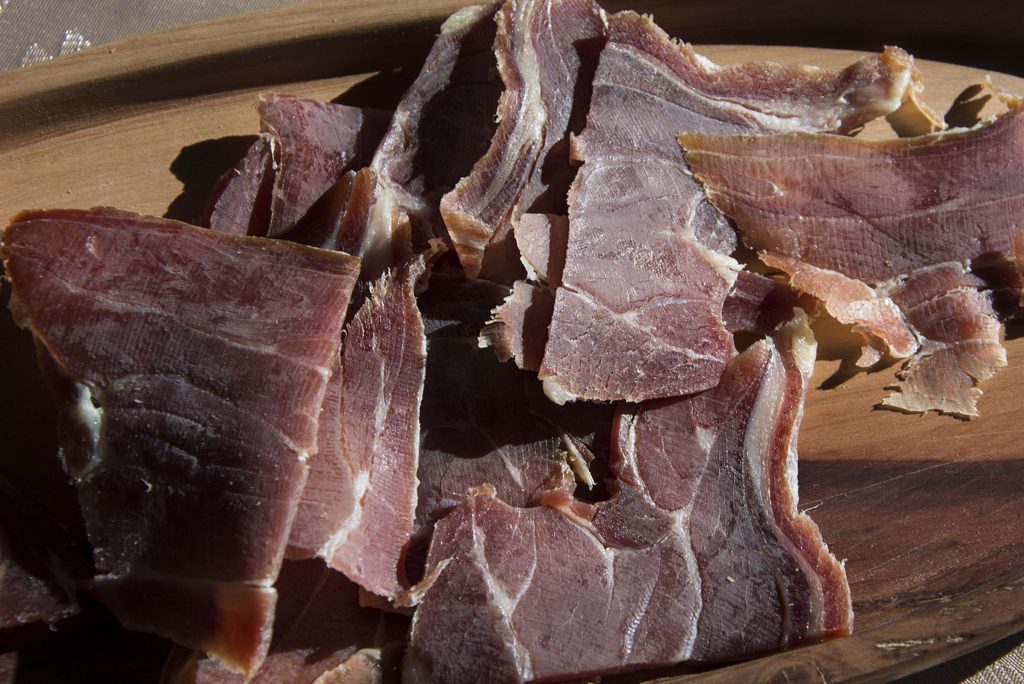
4. Activities: Entrance fees to national parks and attractions are generally affordable, ranging from €3-€10. Excursions and guided tours may have higher prices.
5. Travel Insurance: It’s crucial to have comprehensive travel insurance to cover unexpected events during your journey. Costs for travel insurance can vary, so it’s advisable to obtain a policy that suits your needs.
6. Miscellaneous Expenses: Be prepared for unforeseen expenses like souvenirs, additional meals, or emergency costs. Having a buffer in your budget is a wise approach.
Travel Insurance and Health Precautions
Prior to embarking on your Montenegrin adventure, ensure you have suitable travel insurance that covers medical emergencies, trip cancellations, and other unforeseen circumstances. It’s also wise to check if any vaccinations or health precautions are necessary before traveling to Montenegro.
Photography Tips for Capturing Montenegro’s Beauty
Montenegro’s landscapes are a dream come true for photographers. To capture the essence of this stunning country, consider these photography tips:
1. Golden Hours: The best time to photograph Montenegro is during the golden hours of sunrise and sunset. The warm, soft light enhances the beauty of the scenery, making for stunning photographs.
2. Local Life: Don’t hesitate to ask for permission before taking photos of local people. Capturing daily life and interactions can result in some of the most authentic and captivating shots that truly reflect the spirit of Montenegro.
3. Wide Angles: The landscapes are vast and breathtaking, so a wide-angle lens can help you capture the grandeur of Montenegro’s scenery effectively.
4. Waterproof Gear: If you plan on participating in water-based activities, consider investing in waterproof camera gear. This will enable you to document your aquatic adventures without any concerns.
With these comprehensive travel tips and insights, I hope your journey through Montenegro is filled with wonder and unforgettable moments. Montenegro’s natural beauty, historical riches, and warm hospitality await, promising an extraordinary travel experience. May you savor every moment of your adventure in this Adriatic gem!
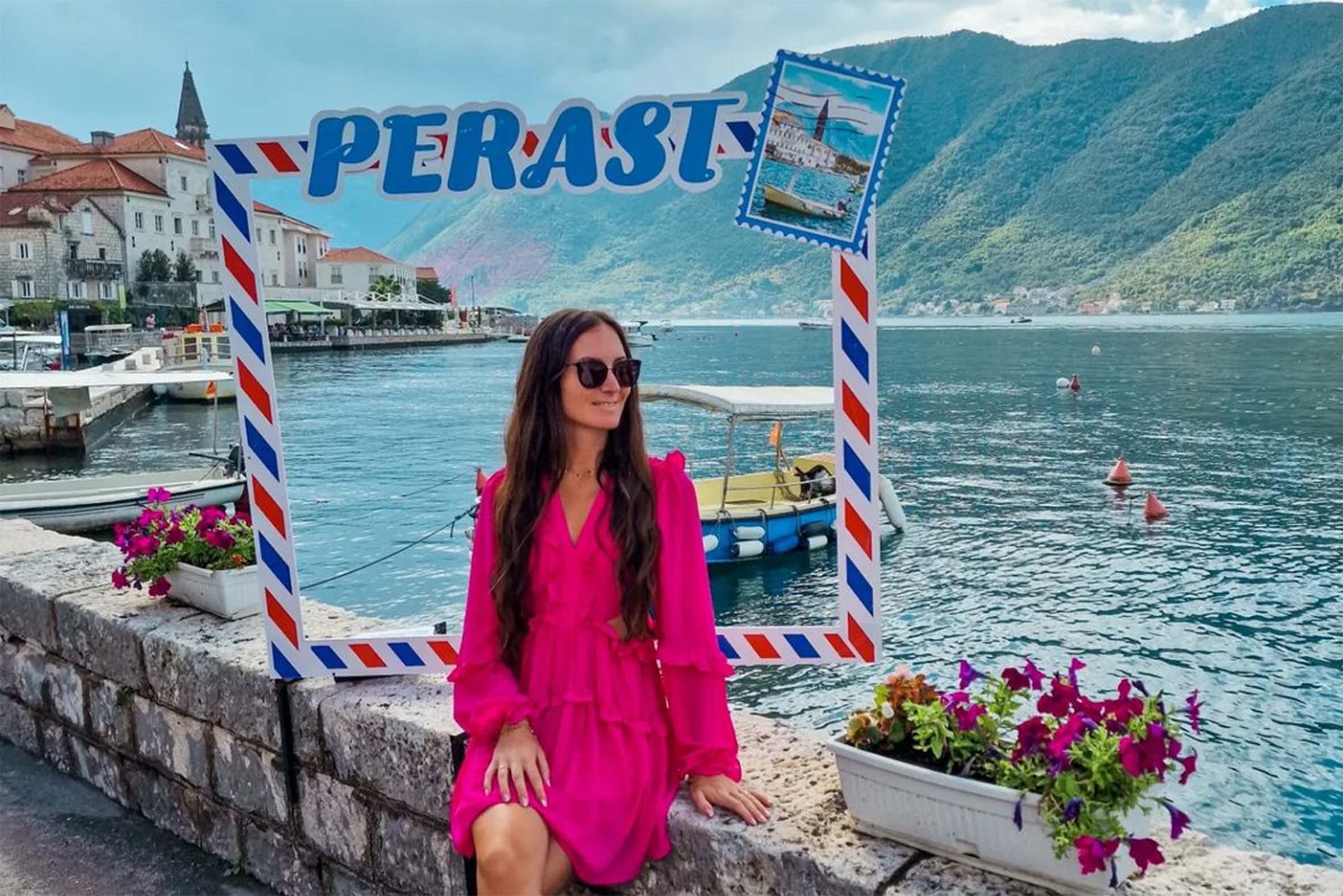
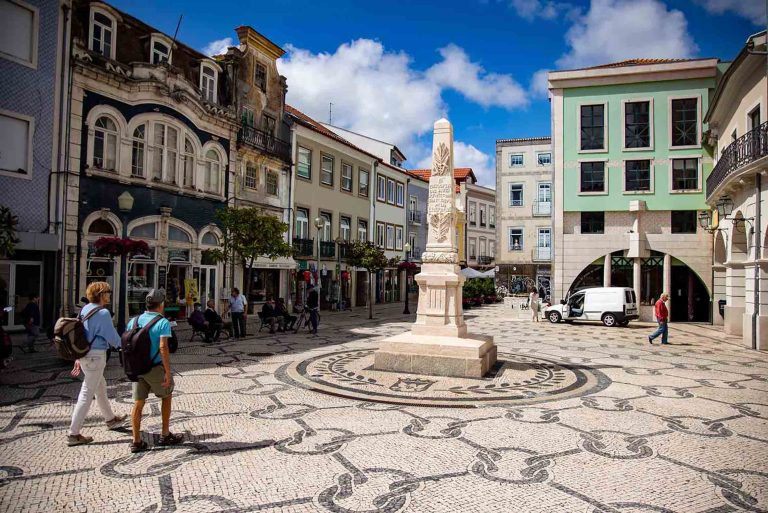
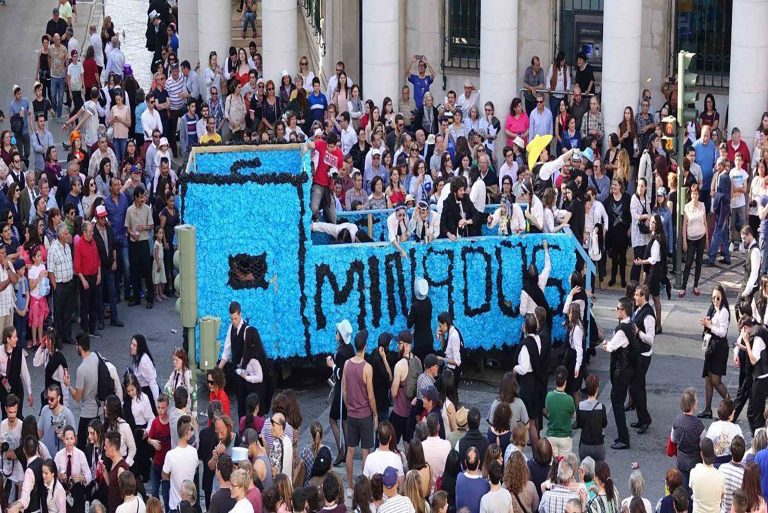
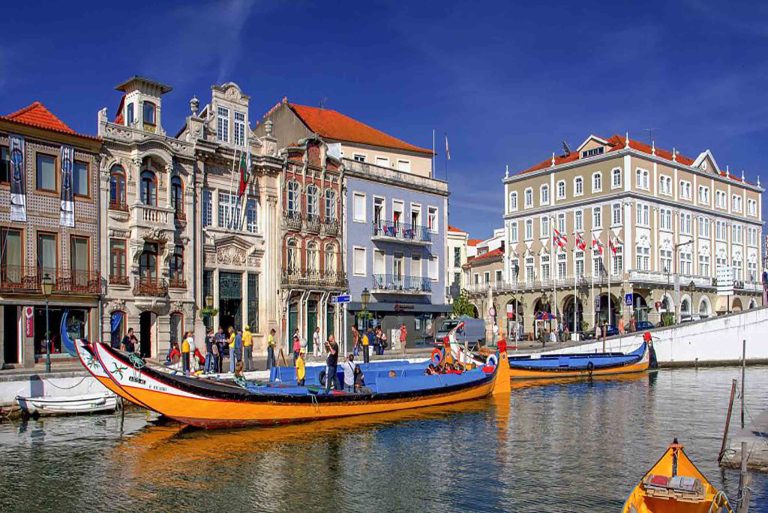
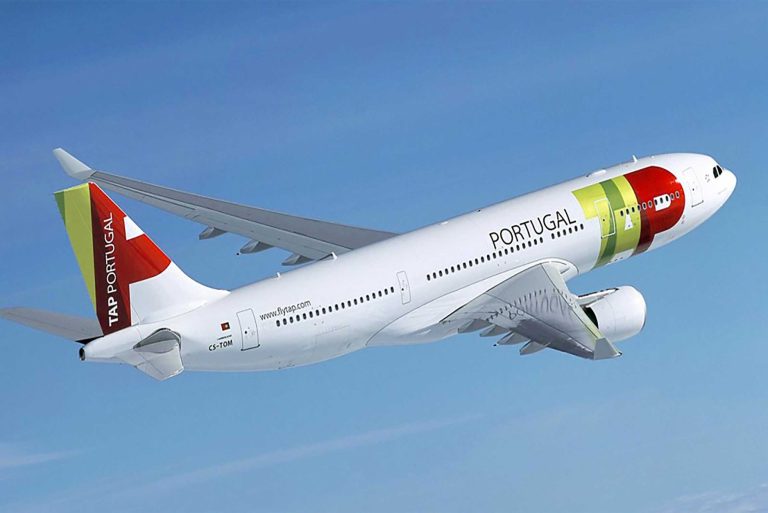

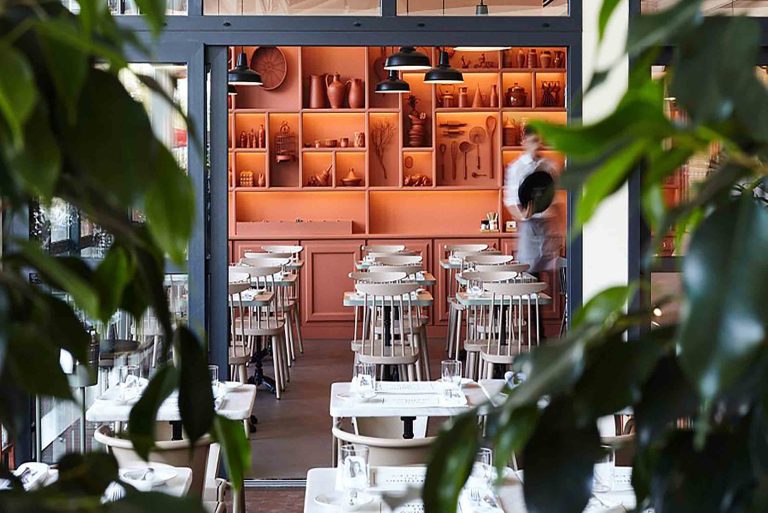

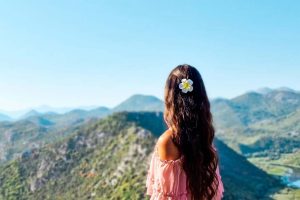
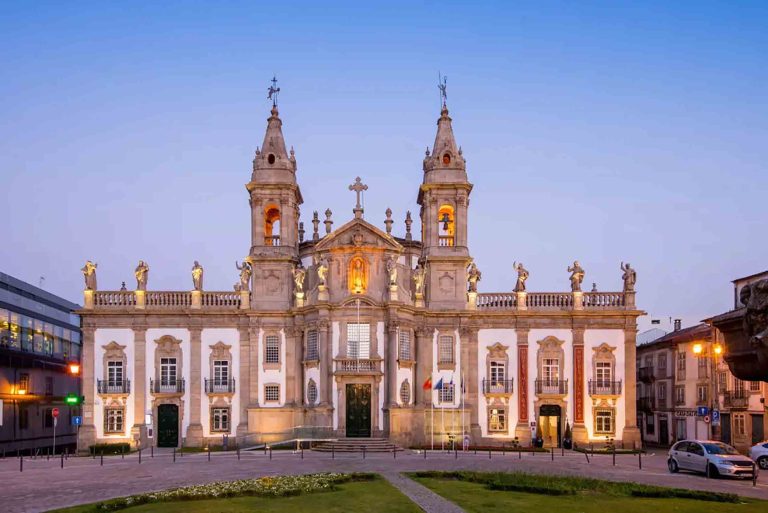
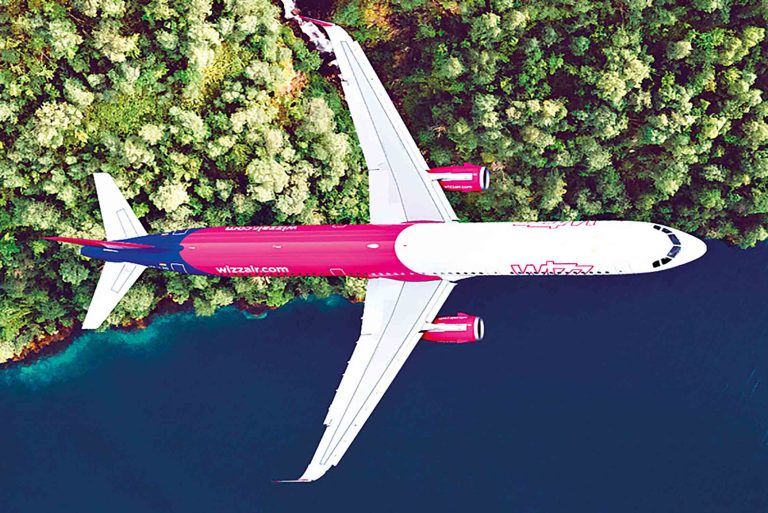
+ There are no comments
Add yours